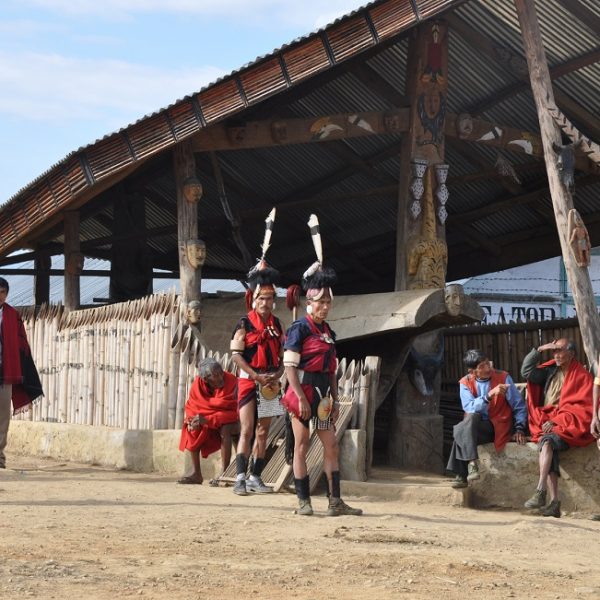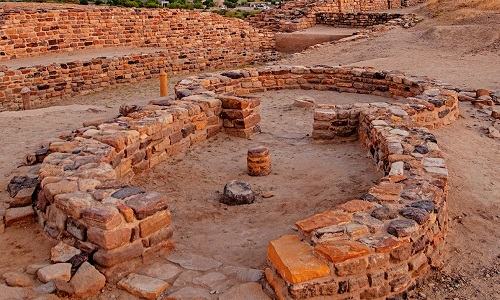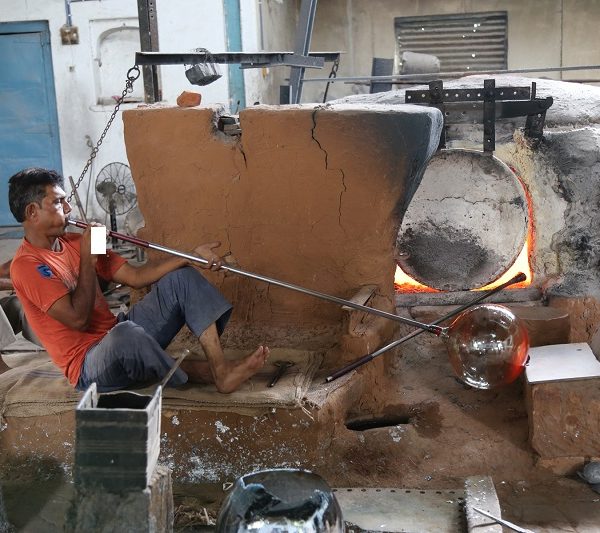Description
PI: Alok Kumar Kanungo
Brief Description:
The Nagas were first reported by surveyors and explorers and later by administrators and trained anthropologists. As soon as the Naga Hills were accessed in the 1830s the area became one of the anthropological paradises and the occupants’ material culture attracted all leading ethnology museums and the anthropologists from around the world. Right from the beginning, three groups comprising American Missionaries, British Administrators, and German speaking Anthropologists have worked on and in the Naga Hills. Eventually they became one of the well-studied simple living communities of the Indian subcontinent. However, most of the work on the Nagas starts and ends with their practice of head-hunting and to some extent their colourful lifestyle. Because of the anthropological preoccupation with these aspects many other important facets of their life, like tools, pottery, megalithic tradition, carvings, fairs and festivals, textiles and ornaments, have not received adequate attention, In my view a study of the ceremonies, fairs and festivals, and material culture of the community in combination with a study of the archival records available in the form of personal diaries of early administrators, military personnel and visitors to Naga territory, and scientific analyses of artefacts in museum collections can considerably help us in getting an understanding of the origin and history of the Nagas.



